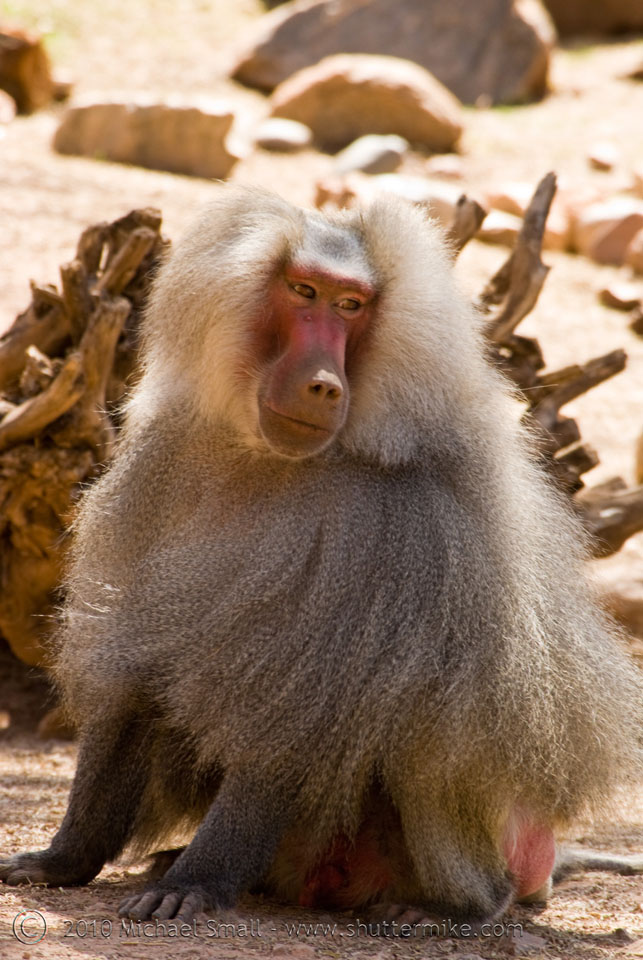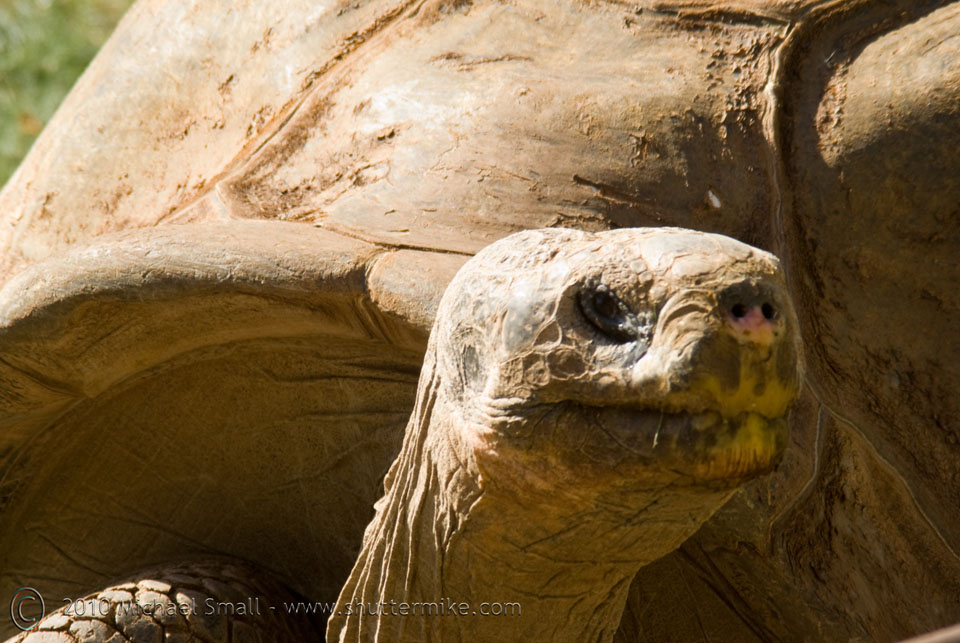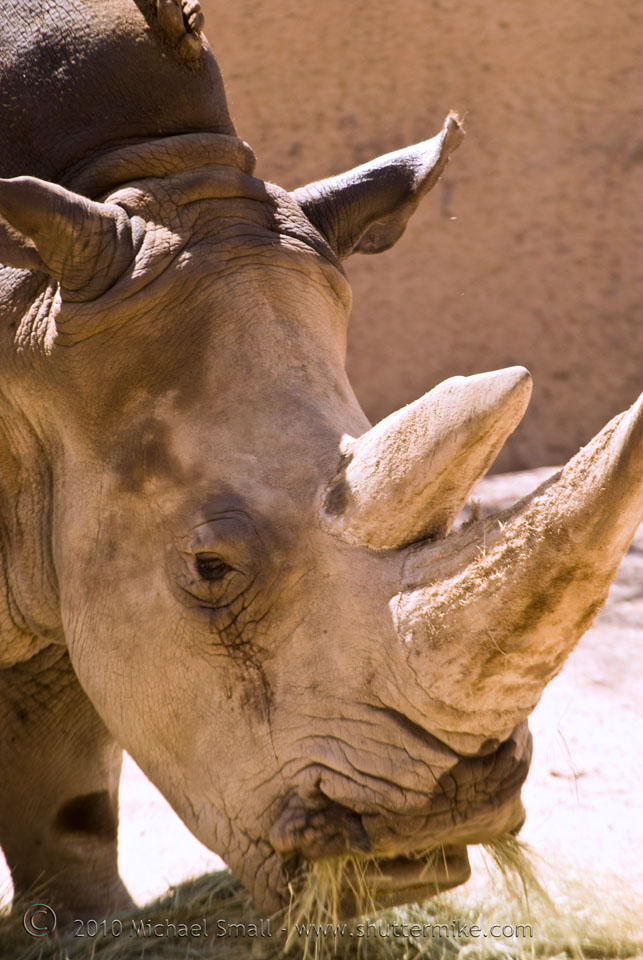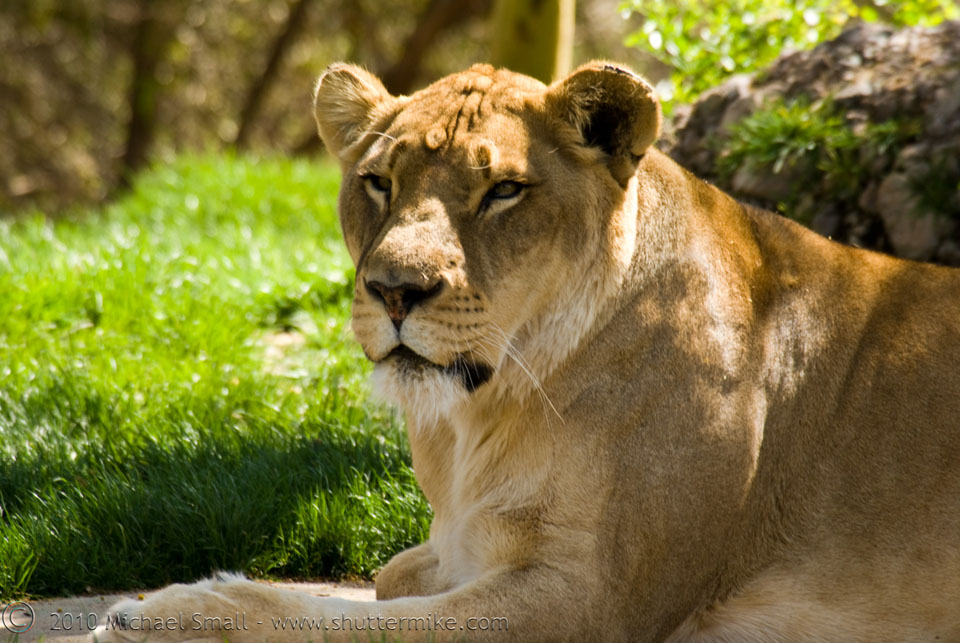9 Apr 2010
Phoenix Arizona Photography – Zoo Photography Tips from The Phoenix Zoo
Arizona Photography, Phoenix Area Photography No CommentsFor those of us who can’t get to the wilds of Africa for a photo safari the local zoo can be an acceptable alternative. Granted it is not quite the same thing with the sea of strollers and sno-cone vendors but in a pinch and on a limited budget the zoo offers an excellent opportunity to test out your “wildlife” photography skills. I did my Africa-like wildlife photography experience at the Phoenix Zoo not too long ago.
As with a true safari, a zoo safari can be hit or miss and requires a little forethought and planning. Here are a few tips that will help make your zoo safari photography expedition a little more fun and hopefully a little more successful.
1. The animals are not, and should not be, forced to be on display or to pose for the tourists at all hours. Even though they are in captivity, you are still on their turf and they call the shots. That means sometimes they are resting, hiding, or out to lunch. Be prepared to not see every animal and be prepared to be patient and wait for the perfect shot. Let the tourists stop, look and move on quickly. You should be prepared to hang out at the front door of the animals you are particularly interested in and wait.
 Baboon
f/10 – 1/50 sec – ISO 100 – Focal Length 300 mm
Baboon
f/10 – 1/50 sec – ISO 100 – Focal Length 300 mm
2. Focus on what you are there to see, the animals. Keep the background clutter to a minimum and compose your image appropriately so that the animal is the star of the photograph. Again, this may mean waiting on the animal to position themselves so that they shot is just right. Or maybe you have to reposition yourself to get the right angle and keep the cotton candy hawker out of sight. Keep your settings in mind for an appropriate depth of field as well. The right equipment, i.e. lens, can also help here.
 Close up on the Tortoise
Close up on the Tortoisef/16 – 1/40 sec – ISO 100 – Focal Length 300 mm
3. Take the “action” shot i f you can get it. A beautifully posed animal portrait can be a great image. But also try to show the animal doing what animals do – eating, playing, swimming, swinging, and what not. This can make for a much more interesting image and say a good amount more about your subject. Once again this means you need to have the patience to wait for something to happen.
 Sometimes this is as much action as you’re going to get.
f/9.0 – 1/80 sec – ISO 100 – Focal Length 230 mm
Sometimes this is as much action as you’re going to get.
f/9.0 – 1/80 sec – ISO 100 – Focal Length 230 mm
4. Plan your equipment. Assuming you are visiting a modern zoo where the animals are given space to roam you are going to want a lens that can bring them to you without having to throw yourself over the walls into the ring. Make sure you have your longest zoom lens in your camera bag to get up close and personal. A tripod or monopod could also come in handy for all that waiting time and if the opportunity presents it self for longer exposure shots.
 Zooming in on a Lioness
Zooming in on a Lionessf/9.0 – 1/50 sec – ISO 100 – Focal Length 300 mm





Leave a comment